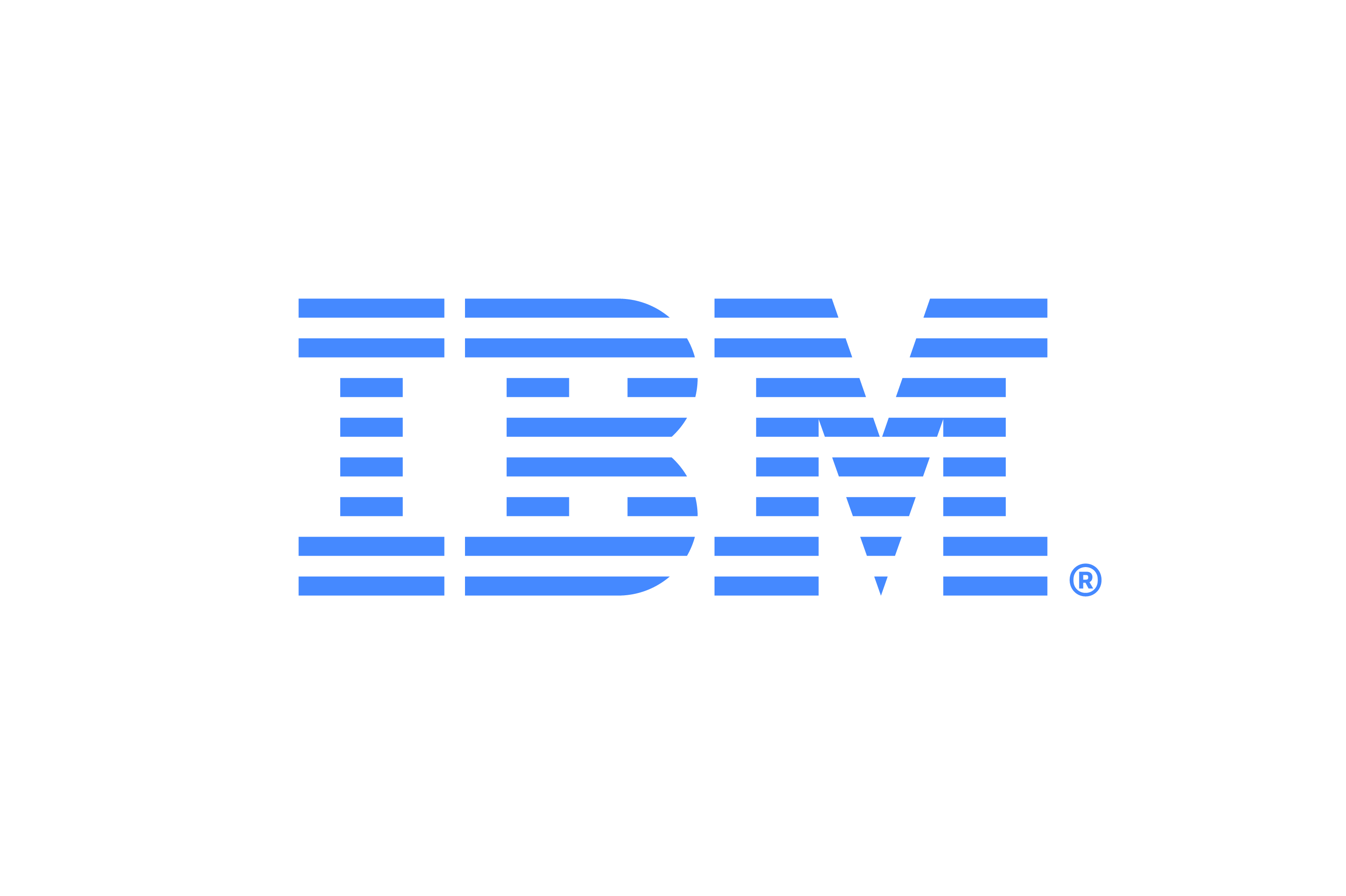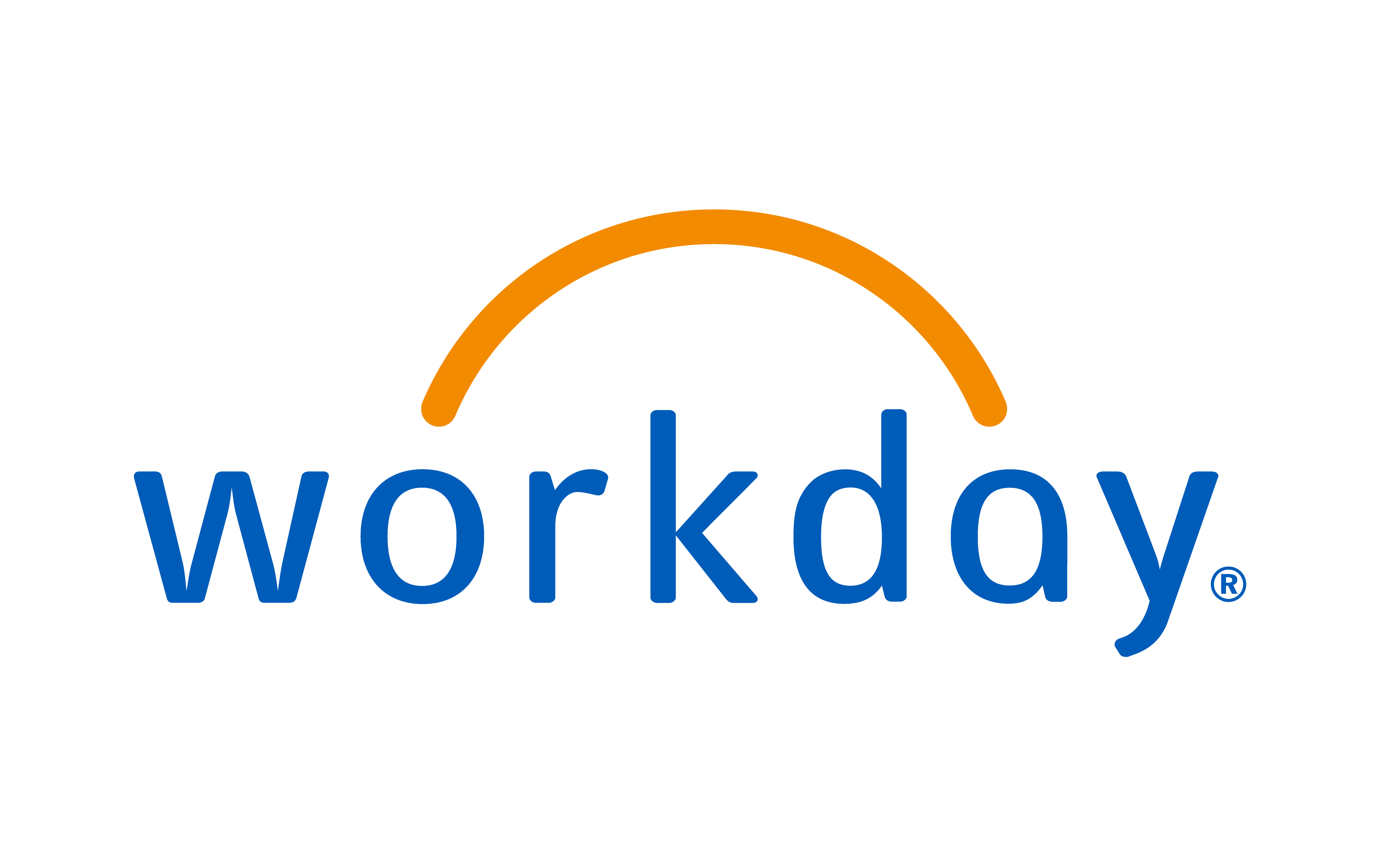
The ‘switching economy’ – whereby customers move from one business to another – is worth $1.6 trillion annually in the US alone, says Accenture. Yet few businesses are doing enough to entice these fickle shoppers, or commercialise what little loyalty there is left.
“If you’re thinking about becoming the brand of choice, you need to look beyond rewards to build and recognise loyalty,” said Rachel Barton, Managing Director for Customer Strategy at Accenture, who spoke at last week’s Criticaleye CEO Retreat.
“I think that businesses will have to make some tough choices. It’s just too expensive now to offer blanket discounts to everyone; it’s not sustainable for the majority of companies.”
To imagine this personalised, bespoke and data-driven customer experience, Rachel conjured the example of a fuel retailer, which instead of offering small discounts to everyone, could offer specific deals to customers based on number plate recognition at service stations.
“Companies now have the ability to identify their most profitable customers. This means that, through hyper-personalisation, they can provide a different level of service to customers, based on how profitable they are.”
Master the Experiential Offering
The intuitive deduction is that ‘online’ is the net with which to catch customers. However, according to Rachel many businesses aren’t seeing a return from their online investment and have failed to fully recognise and monetise the allure of the tactile, interpersonal and visually appealing in-store experience.
Andrew Moore, SVP and Chief Merchandising Officer at Asda, explained at the Retreat: “There’s something about the retail experience that people enjoy, such as seeing the kaleidoscopic mix of colours when entering the fruit and veg section; you can’t easily replicate those kinds of experiences online.”
The savvy way for in-store retailers to build loyalty, say both Rachel and Andrew, is to bring the best of digital to the shop floor, and to use it to create a unique retail experience.
For example, Asda aims to send customers specific messages to their mobiles, including greetings, discounts on products and directions to find them in-store.
“We are looking at ways to use technology to enhance the experience,” said Andrew. “Wayfinding – that’s here now. That’s a reality. We are in the process of developing it and can envisage a time in the near future when customers drive into the car park, receive a message on their phone which notifies them about relevant products and where to find them.”
While technology is increasingly infiltrating stores, it’s only a success if it’s personal and seamless, as Andrew explained. “Many customers like interaction and the retail experience of stores. For example, we had extended the use of self-scan tills but had a mixed response from some customers. Feedback, particularly from the older generation, suggests that customers like to chat to our checkout staff and that they value friendly colleagues.”
Beware the Tech Trend
It’s tempting to compete with the best in the pack, yet at the moment no retailer can expect to match Amazon’s dominance online or the innovation it boasts in its check-out free, Amazon Go stores. The best that most retailers can do is determine and exploit their own brand’s sweet spot, rather than rush to over invest in the latest tech trend.
“As the general over-investment in online retail has shown, just because it’s shiny, new and innovative, doesn’t mean it’ll give you a return,” said Andrew Minton, Managing Director at Criticaleye.
“Businesses should create an operating model that allows them to adapt their products and services to consumer expectations – and these will change at pace. But this should not be confused with being lured into investing into the latest fleeting tech trend.”
Mothercare is taking the slow road to recovery. After five years of losses, it returned to profitability and has reconnected with its digitally, socially and mobile enabled customers, yet it didn’t rush to patch up the cracks with innovation, as its CEO Mark Newton-Jones explained.
“I joined in March 2014, when Mothercare was in a pretty perilous state. Within the first couple of months we had an approach from a hostile bidder, plus we had the banks tell us they’d lost confidence in us and they wanted the loans closed down. The brand had lost touch with its customer, which is not uncommon in any business that is failing and needs a turnaround,” Mark shared.
Mothercare has since improved its revenue and experiential offerings with in-store cafes and play areas, plus integrated digital offerings. “Four out of five of our pushchairs are now sold through an iPad in the hands of our store advisor, rather than from stock on the shop floor,” said Mark.
Yet the CEO’s first tasks were to stem costs and improve cash, then fix the business model. Only then was the business strong enough to absorb innovation. It’s an extreme case but reflective of any established business in need of a customer strategy overhaul.
“It goes horribly wrong when businesses do this in the wrong order and try to innovate before cash and cost are under control and the existing model is fixed,” Mark warned.
Modern businesses must be responsive to customers, but they should not be as fickle and short-termist as changing consumer trends.
“It’s natural to want to jump at the newest, brightest thing but successful leaders will be able to pinpoint the genuine opportunity amidst the noise and use it to support, not distract from, the business strategy,” said Andrew Minton.
Today’s abundance of innovation is much like the kaleidoscopic mix of fruit and veg we see in Asda – each one an opportunity to differentiate and win over the customer. The only challenge is in selecting the right one.
These thoughts were shared during Criticaleye’s CEO Retreat 2017, held in association with Accenture Strategy.
By Mary-Anne Baldwin, Editor, Corporate
Don’t miss our next Community Update on mentoring.
https://twitter.com/criticaleyeuk


























 (002).png)